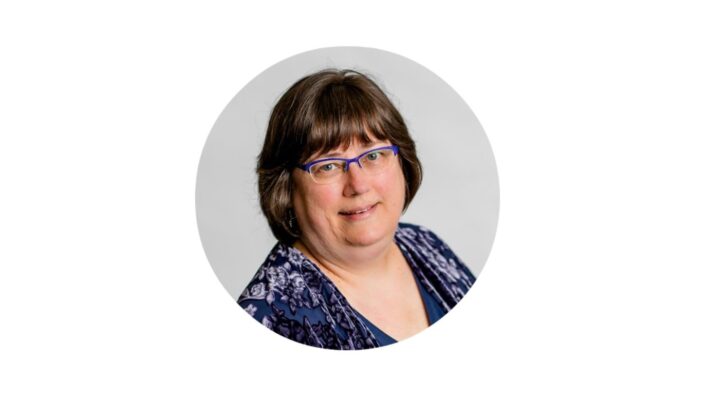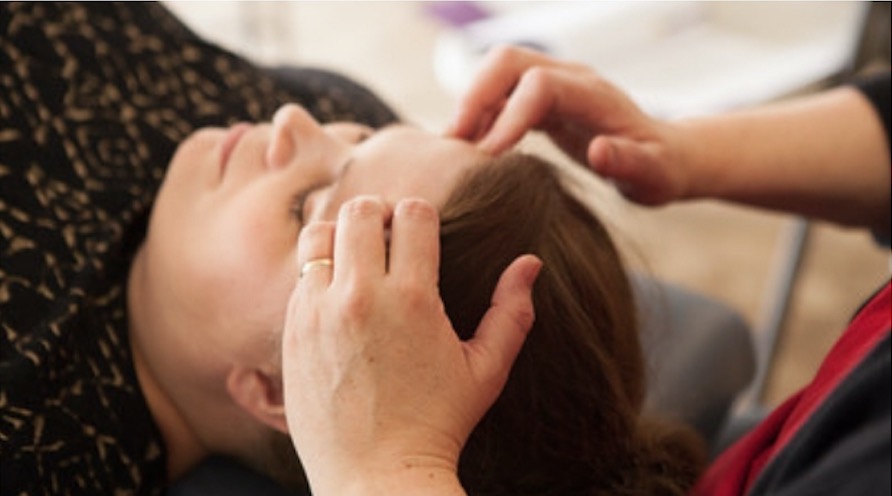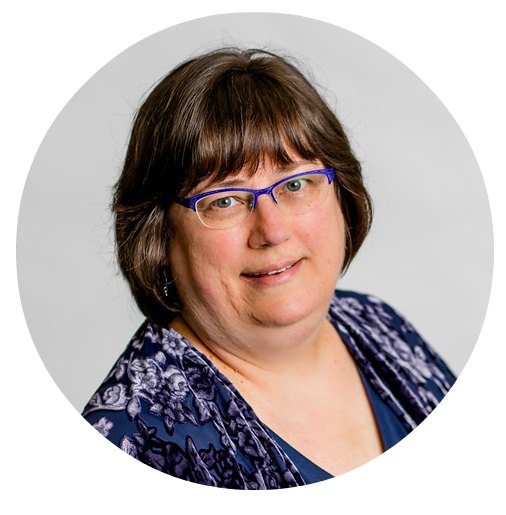
Acupressure and Mind-Body-Spirit Practices for Stressful Times
Deanna guides you along in a Mind, Body and Spiritual Practice for Stressful Times video from ot4peace on Vimeo.
What is Acupressure? Gentle touch on acupoints to enhance OT practice
By Deanna Waggy, OTR
Acupressure may be considered a form of integrative health as it is receiving more research, and may be formerly known as a Complementary and Alternative Medicine (CAM), approach to wellness.1 Acupressure combines gentle touch with curved finger pressure on acupoints throughout the body. These acupoints have been used for thousands of years with finger pressure, needles or other tools on points along documented meridian (energy) flows to promote healing and address symptoms in the body. Acupressure uses the same principles as acupuncture without the use of needles.2 This ancient form of medicine is still used today throughout the world as a primary source of health care.3

How does acupressure work?
Acupressure uses acupoint locations that act as portals into the flows of qi (energy) in the body to restore whole-being health. Just like a stream of water flows in nature, these energy streams (called meridians) flow throughout the body to communicate and bring homeostasis to all the systems. When the flow is disrupted, similar to debris in a stream, the energy flow in the body is reduced or blocked and becomes stagnant or “unhealthy.”
Acupressure focuses on addressing the primary root cause of various health conditions, allowing the body’s innate wisdom to bring the systems back into balance instead of focusing on the treatment of the symptoms which may not resolve the original cause.4 In the rehabilitation setting, anxiety and pain are specifically addressed to restore function that may be lost from an injury or illness. Acupressure is a safe and reliable tool to address escalating health care demands.
How is acupressure used in an OT session?
Occupational Therapists have always been holistic in their approach to the whole person. As we work with the injury, disease and trauma in the client’s physical body, we are also aware of what is imprinted in the emotional, mental and spiritual aspects of the person. A practitioner certified in acupressure will select specific points based on the presenting symptoms or barriers such as pain and anxiety or other aspects of the person’s emotional, mental or spiritual well-being that could be addressed in the session. When a clear, strong flow of energy is felt through the body with the use of acupressure protocols, a clear strong flow of energy through the mind, emotions and spirit restores whole-being health.5 The spiritual aspect is often characterized as a peacefulness after a treatment that is difficult to put into words. This is as powerful as the mind and body aspect but is often overlooked in rehabilitation
Acupressure as a self-care practice can address a variety of symptoms and conditions, both at home and in the workplace.6 Clients are often instructed in single acupoints to hold as a home program. They may receive a handout with pictures of the specific point location or the practitioner may make a small dot with a marker on the skin over the point location as a temporary reminder. Practitioners empower the client to use the same points throughout the day as needed for self-care.
Acupressure training
While there are a growing number of resources and books available on acupressure points, including online training programs, it is important that practitioners find a certification program that provides hands-on instruction, mentoring and touch feedback for optimal learning. Acupressure is more than just “poking a few points.” Experienced practitioners can feel in real time the changes happening in the various flows of energy and when the flows sync or come into balance. They touch the whole person – body, mind, emotions and soul. Those who take time to learn acupressure through a certification program will have a deeper understanding of how to use the acupoints in OT sessions for an integrated approach to treatment.
References
1 https://www.ncbi.nlm.nih.gov/pmc/articles/PMC5388088/
2 https://www.webmd.com/balance/guide/acupressure-points-and-massage-treatment#1
3 https://www.liebertpub.com/doi/full/10.1089/acm.2018.0422
5 Miller and Waggy (2018). Empowering Whole-Being Health. Goldsboro, Maryland: Soul Lightening Acupressure International.

Deanna Waggy OTR integrates OT, Spiritual Direction and acupressure into her private holistic practice in South Bend, IN. She is certified in Zero Balancing® and advanced certified in Soul Lightening Acupressure®. She teaches the Foundation Certification Acupressure classes (Clinical Acupressure 1 and Process Acupressure 1a), Seva Stress Release® and Acupressure for Anyone®classes as faculty for Soul Lightening Acupressure International. She is currently in Zero Balancing® Teacher Training to complement her acupressure classes. She can be contacted at [email protected], her DW Healing Arts LLC Facebook page or DWHealingArts.com.





Leave a Reply